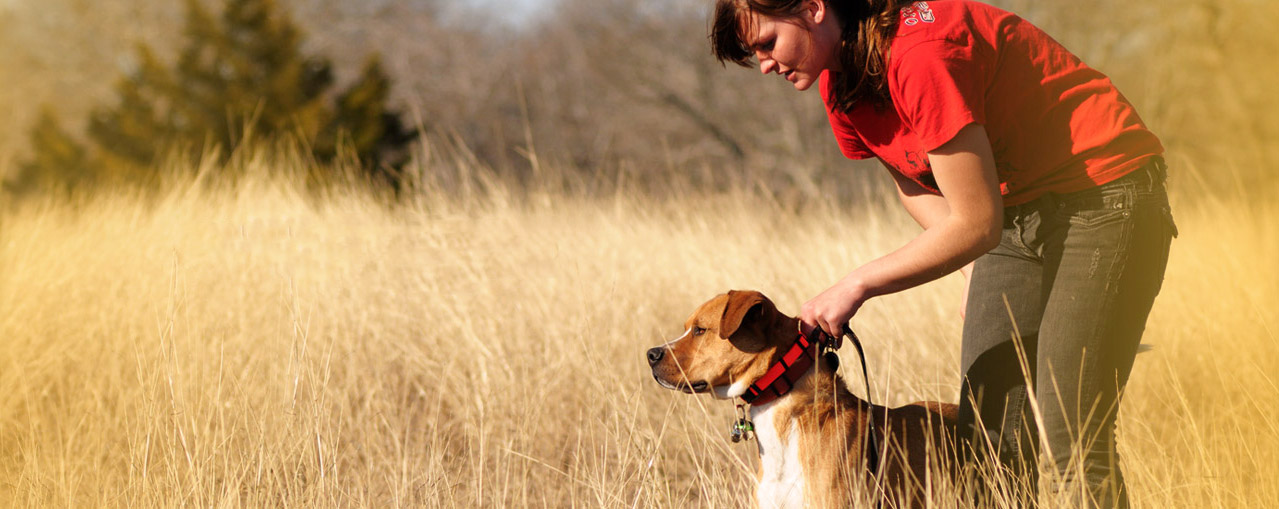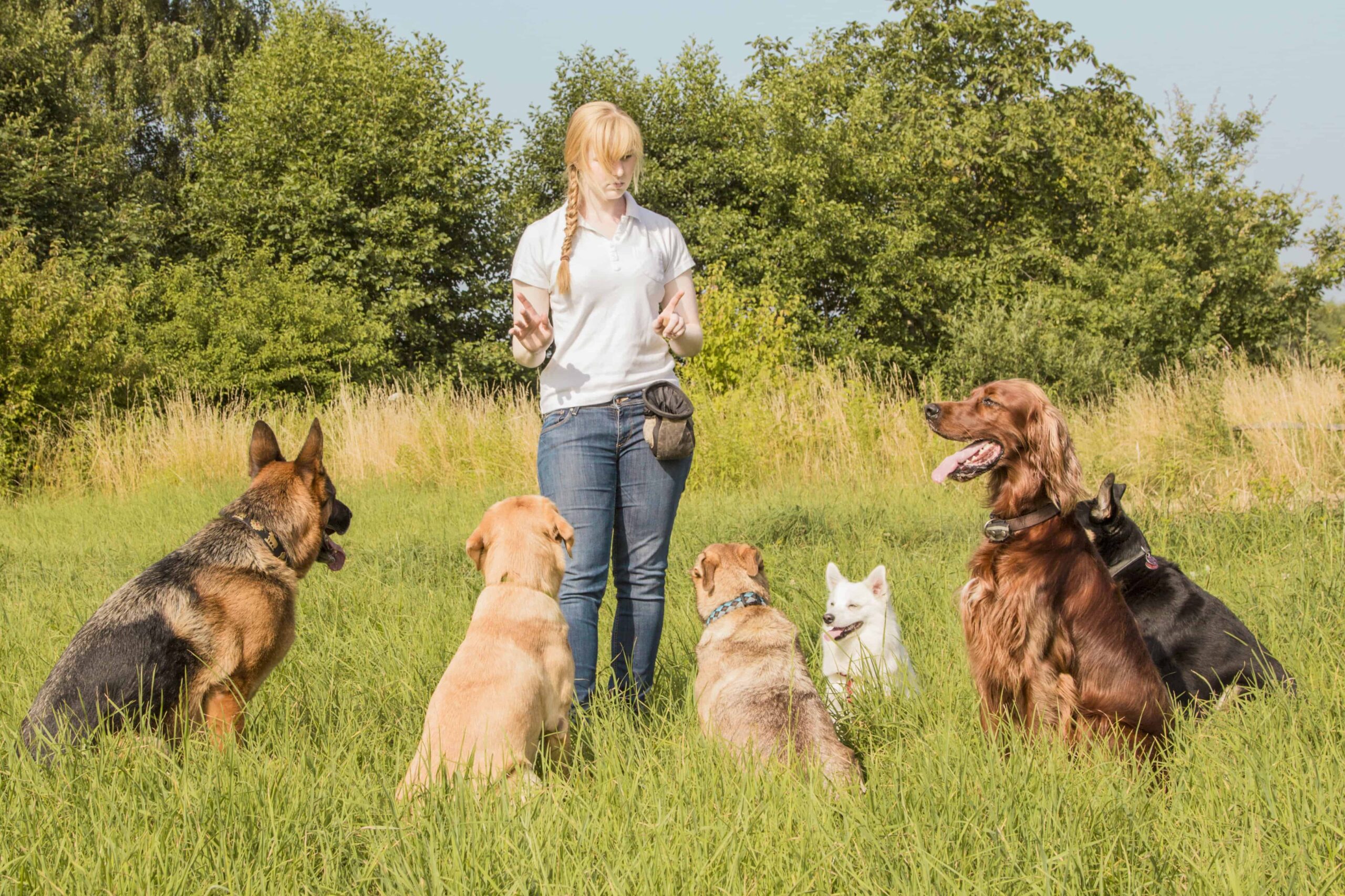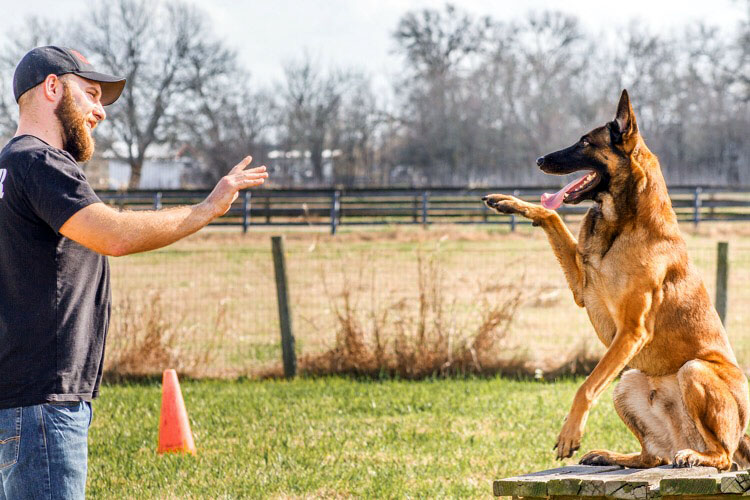Dog Training Techniques to Help Manage Aggressive Behavior in Dogs
Dog Training Techniques to Help Manage Aggressive Behavior in Dogs
Blog Article
Top Pet Training Strategies Every Owner Must Know

Favorable Reinforcement Techniques
Making use of favorable reinforcement techniques is important for effective pet training, as it cultivates a trusting bond between the instructor and the pet. This method concentrates on rewarding preferable habits as opposed to penalizing unfavorable ones, creating an environment conducive to finding out. Benefits can include deals with, praise, or play, which inspire canines to repeat the habits that gain them these incentives.

Moreover, this method improves the pet dog's enthusiasm for training sessions. When pet dogs link training with favorable experiences, they are much more engaged and receptive. Beyond immediate therapy, positive support encourages a collective connection in between the pet and instructor, decreasing stress and anxiety and anxiety
To make the most of efficiency, it is critical to supply rewards quickly, making sure the pet connects the habits with the support. Essentially, positive support strategies not just yield better-trained pet dogs however also advertise an unified partnership in between canine and owner.
Clicker Training Approach
The remote control training method is a very efficient strategy that develops upon the principles of favorable support by including a distinctive audio to mark wanted actions. This approach makes use of a tiny portable tool that generates a clicking noise, permitting instructors to interact with their dogs in a instant and clear fashion. When a pet dog does an actions that the proprietor desires to encourage, the clicker is activated, followed by an incentive, typically in the form of deals with or appreciation.
The secret to successful remote control training exists in consistency and timing. It is essential to click at the exact minute the preferred behavior occurs, making certain that the pet connects the sound with the activity and the subsequent incentive. This technique not only boosts communication but additionally promotes a stronger bond in between the pet and the owner, as it urges interaction and interaction throughout training sessions.
Clicker training can be related to a range of commands and behaviors, from basic obedience to extra complicated tricks. Its adaptability and effectiveness make it a popular technique amongst professional instructors and animal proprietors alike, leading the way for a well-trained and receptive canine companion.
Chain Training Basics
Effective leash training see this is crucial for making sure a secure and enjoyable strolling experience for both pets and their owners. A flat collar may work for some canines, while others might profit from a harness that lowers drawing.
Present your dog to the leash gradually, enabling them to explore it in a comfortable atmosphere. Once they are accustomed, method loose-leash strolling. This includes satisfying your pet for strolling close to you instead than drawing in advance. Use treats and appreciation to reinforce desired behavior, and make sure to remain assertive and calm.
If your pet starts to YOURURL.com pull, quit walking quickly. In addition, method different walking settings to assist your dog adjust to diversions.
Routine practice will certainly solidify your pet's understanding of chain etiquette. Bear in mind that chain training is an ongoing procedure; persistence and consistency will yield the very best outcomes, cultivating a favorable experience for both you and your canine buddy.
Socialization Strategies
Socializing is a critical element of pet dog training that should preferably begin throughout puppyhood but can be valuable at any age. Reliable socialization aids dogs create confidence and minimizes the likelihood of behavior issues. To carry out effective socialization approaches, expose your pet dog to a variety of settings, people, and other pets.
Begin with regulated settings, such as young puppy courses or organized playgroups, where young canines can connect safely. Slowly present your dog to new experiences, consisting of various noises, surfaces, and tasks. Ensure these experiences are gratifying and favorable to develop a complacency.
For adult canines or those doing not have exposure, start with low-stress situations. Short, favorable communications with friendly people and tranquil pet dogs can develop favorable associations. Utilize treats and appreciation to enhance preferable actions during these experiences.

Consistency and Perseverance
Identifying the significance of consistency and perseverance in pet dog training is vital for achieving lasting outcomes. Training a pet is a steady process that calls for an organized approach and unwavering dedication from the owner. Each command or behavior have to be strengthened regularly to aid the pet dog understand what is expected of them. Irregular training can lead to complication, making it challenging for the dog to comprehend behaviors or commands, eventually hindering development.
Dogs, like humans, learn at their very own rate. This cultivates a relying on partnership in between the pet dog and owner, motivating a more enthusiastic and willing student.
To grow uniformity and persistence, develop a normal training regular, utilize the exact same commands, and make sure that all relative use the exact same training principles - Dog training. By doing so, you create a secure environment helpful to learning, allowing your dog to flourish and develop right into a well-behaved companion
Conclusion
In conclusion, effective dog training strategies, such as positive support, remote control training, and appropriate chain training, are important for cultivating a healthy owner-dog partnership. In addition, applying socializing strategies and maintaining consistency and patience throughout the training procedure adds considerably to a pet dog's general well-being. By incorporating these methods, pet owners can promote the advancement of well-adjusted, loyal family pets, ultimately improving the lifestyle for both the proprietor and the canine.
Amongst the most popular approaches are positive support, clicker training, and leash training, each offering one-of-a-kind benefits that add to a well-behaved pet. As we explore these basic techniques, it comes to be apparent that understanding their nuances can significantly influence the training experience and the canine's overall habits.Utilizing favorable support strategies is vital for reliable dog training, as it promotes a relying on bond in between the trainer and the pet dog.In conclusion, efficient pet training strategies, such as positive reinforcement, clicker training, and appropriate chain training, are crucial for fostering a healthy owner-dog connection. By incorporating these approaches, pet proprietors can facilitate the development of well-adjusted, obedient animals, eventually boosting the top quality of life for both the dog and the owner.
Report this page